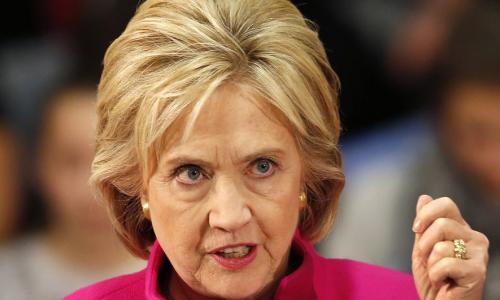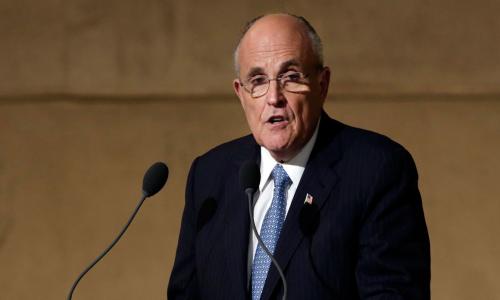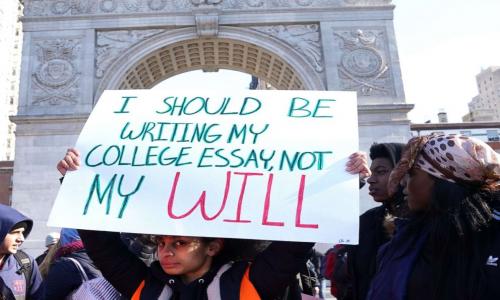The Federal Reserve Bank of Minneapolis President Gary Stern gave a speech saying that the current economy is similar to the US economy in the early 1990s. He believes some parallels can be drawn.
He said in the speech, given today in Montana (this is a long excerpt):
"I suggested at the outset that a useful framework for thinking about this issue was the headwinds episode of the early 1990s. In that period, credit became expensive and, in some cases, unavailable, even for relatively high-quality borrowers. These credit conditions restrained consumer spending and business investment and, as a consequence, the recovery from the recession of 1990-91 was initially quite subdued. Eventually, of course, the economy performed very well over much of the 1990s, despite a rather rocky start.
I think that today’s circumstances align well, although certainly not perfectly, with the experience of the early 1990s. There is no doubt that a variety of potential borrowers are finding funding more difficult and expensive to obtain. Moreover, while there was a significant contraction in residential construction activity in the late 1980s and early 1990s, the recent correction in this sector has been more severe, especially with the decline in housing values, and is continuing. The appreciable run-up, net, in energy and other commodity prices has taken a toll on consumer discretionary spending as well.
It is important to bear in mind, however, that many “initial conditions” prevailing prior to this financial shock were perceptibly better than in the early 1990s. Unemployment, interest rates, and inflation were all lower at the outset of the latest period of turmoil than in the previous headwinds episode. Equally important, the financial condition of both banking and nonfinancial businesses was healthier at the onset of recent problems.
Overall, while there is considerable uncertainty about the outlook and while the policy environment is challenging to say the least, my view is that the early 1990s headwinds episode remains a valuable guide at this juncture. Specifically, it would imply a continuation of only modest expansion in the economy, the likelihood of further increases in unemployment for a time, and a diminution of inflation, absent a resurgence in energy and other commodity prices.
In considering these prospects, it is worth recalling that, despite early challenges, the 1990s turned out to be an excellent deca de for the U.S. economy by almost all metrics. The economy is fundamentally flexible and resilient, and these characteristics should ultimately prevail."
I tries to find holes in his argument but really couldn't. Here are the similarities between today's economy and the economy in the early 1990s. including:
- Relatively high oil prices.
- A week dollar.
- War - Gulf War/Invasion of Iraq
- Housing collapse
- S&L Collapse/Mortgage related collapse.
I do feel that the magnitude of this downswing is more severe. The housing bubble today was significantly higher than in the 1990s and that, combined with all of the structured products and leverage taken on by the banks, has produced a much shakier financial system.
Can anyone else find any key differences?













Add your Comment
use your Google account
or use your BestCashCow account